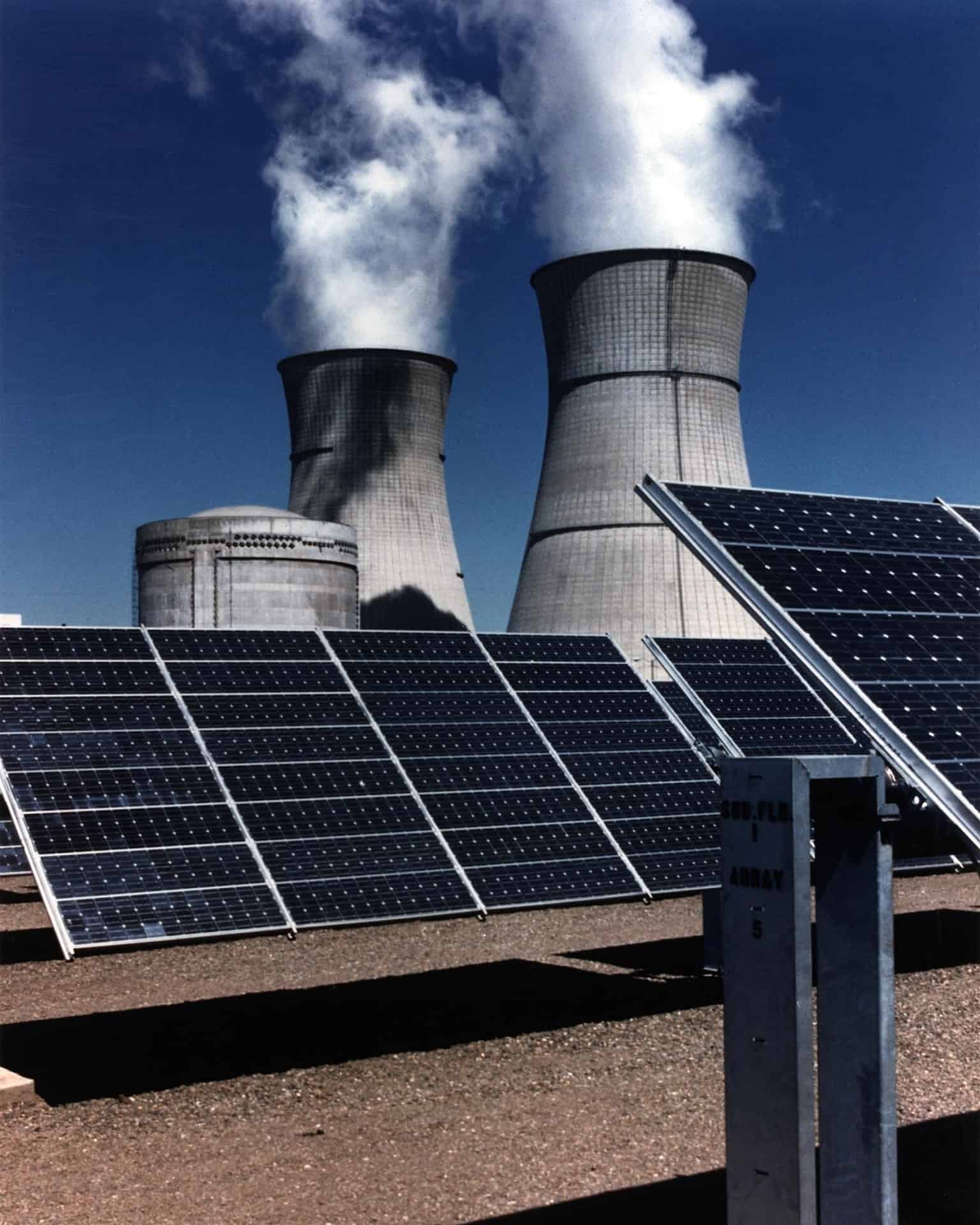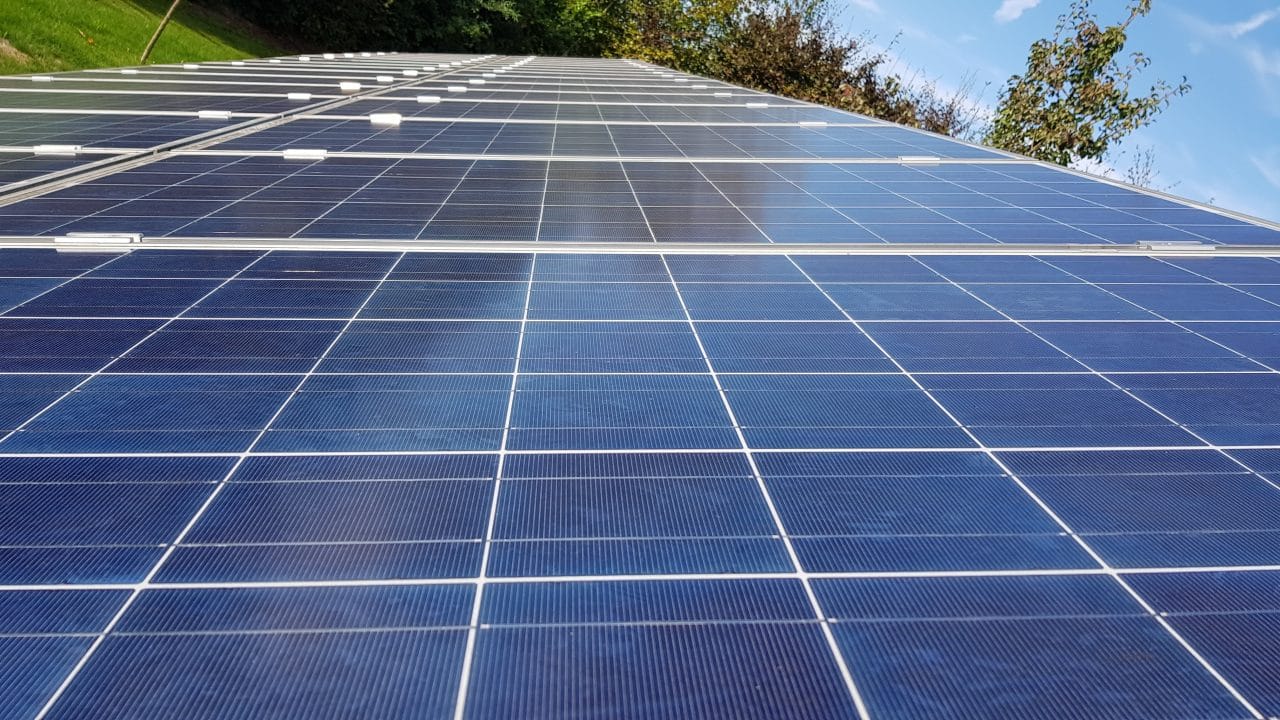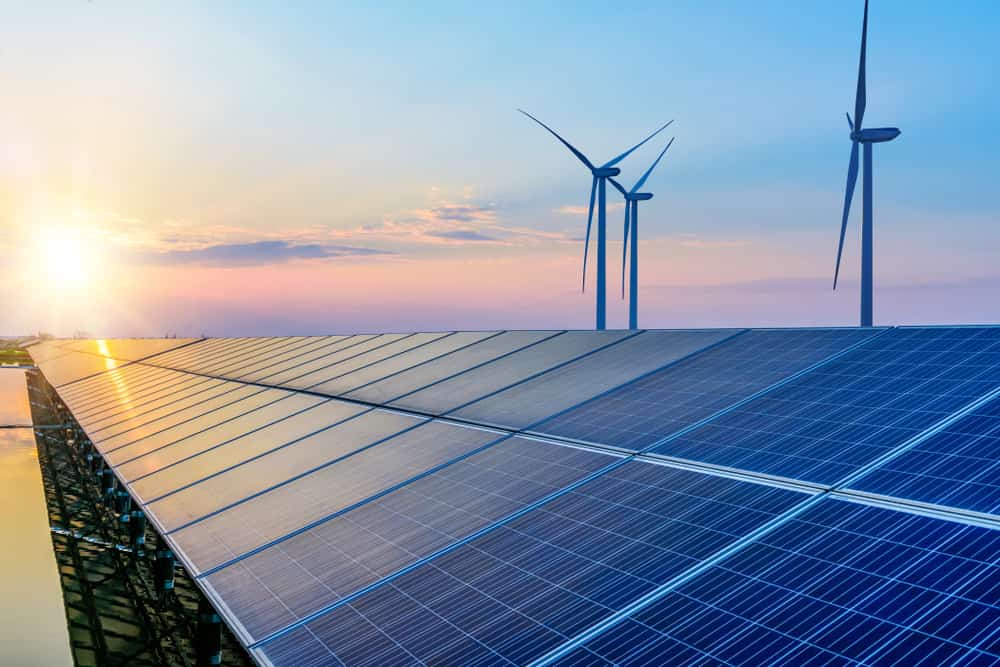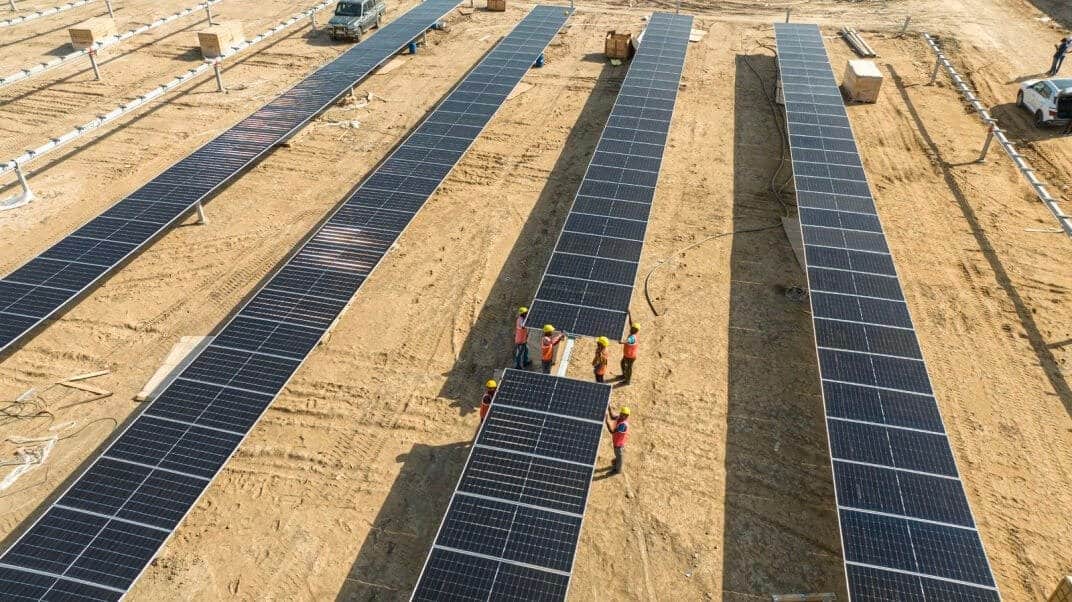
Amidst growing concerns over climate change, the recent G20 meeting ended in disarray as member countries failed to reach a consensus on reducing fossil fuel usage. While political disagreements persist economics paint a different picture. China has emerged as a frontrunner in renewable energy, making significant strides in the solar sector. Chinese solar exports have surged due to European demand, and the country’s renewable energy projects have achieved record-breaking installed capacity. This shifting global energy landscape indicates that economic realities may outpace political agreements, propelling the transition to clean energy. The failure to reach consensus at the G20 reflects a significant challenge, but the economic momentum behind renewables could potentially outpace political agreements, accelerating the global transition to clean energy.
- The recent G20 meeting ended without a consensus on reducing fossil fuel usage, highlighting the challenges of political agreements in tackling climate change.
- China has emerged as a leader in renewable energy, making significant strides in the solar sector with record-breaking installed capacity and surging solar exports to Europe.
- Despite political disagreements, market forces and economic incentives are propelling the global transition to clean energy, with wind and solar power becoming the cheapest sources and outpacing fossil fuel-based electricity generation.
The G20 meeting: A missed opportunity?
The G20 bloc, which accounts for more than three-quarters of global emissions and gross domestic product, recently convened in India with high hopes of reaching a consensus on phasing down fossil fuels. However, the four-day meeting ended in a stalemate, with member countries unable to agree on crucial issues such as tripling renewable energy capacities by 2030 and mobilising $100bn a year for climate action in developing economies.
Sections urging developed countries to deliver on these goals were met with resistance, particularly from producer nations like Saudi Arabia, Russia, China, South Africa and Indonesia. These nations opposed the goal of tripling renewable energy capacity this decade, highlighting the palpable tension between economic interests and environmental imperatives. Despite the lack of consensus, India’s Power Minister, RK Singh, considered the talks successful and a crucial step towards the upcoming COP28 climate talks.
China: leading the charge in renewable energy
While the G20 meeting underscored the limitations of political will, the economic landscape presents a different picture. China, in particular, has emerged as a frontrunner in the renewable energy sector, achieving remarkable progress in the solar industry.

China’s National Energy Administration reported that the country installed 78.42 GW of solar power in just the first six months of 2023, bringing the cumulative installed PV capacity to nearly 470 GW by the end of June. Furthermore, China Energy Investment Corp’s renewable energy projects reached a record-breaking installed capacity of 39.81 million kilowatts in the first half of 2023, highlighting the country’s accelerated transition to green energy.
Shaping the global energy landscape
China’s commitment to renewable energy has not only reshaped its domestic energy landscape but has also influenced the global market. China’s solar exports, particularly to Europe, have surged, experiencing a 13% year-on-year increase in the first half of 2023. This robust demand, coupled with an oversupply of modules, has led to record-low prices for Chinese solar modules.
European nations stand to benefit from these falling prices as they seek to diversify their energy sources and reduce reliance on Russian gas. Europe has already seen a noticeable rise in demand for renewable energy.
Market forces: A catalyst for clean energy transition?
While political agreements may falter under the weight of divergent national interests, market forces and economic incentives could drive the transition to cleaner energy sources. The shifting global energy landscape, driven by economic realities, suggests that these factors may outpace political agreements, propelling the global transition to clean energy.
Wind and solar power becoming the cheapest sources. In 2022, they supplied 12% of global electricity demand, outpacing fossil fuels and meeting 80% of electricity demand growth. The Global Electricity Review 2023 predicts clean energy growth to outpace demand in 2023, further reducing fossil power generation, while geopolitical events also accelerate clean energy adoption.

As the world grapples with the urgency of climate change, the surge in renewable energy production, particularly in economies like China, presents a glimmer of hope. The economic momentum behind renewable energy, coupled with the falling prices of solar modules, could drive fossil fuel reduction and contribute to global climate action.







